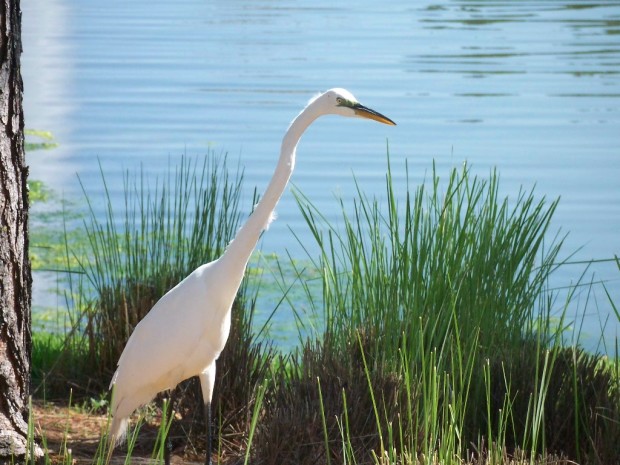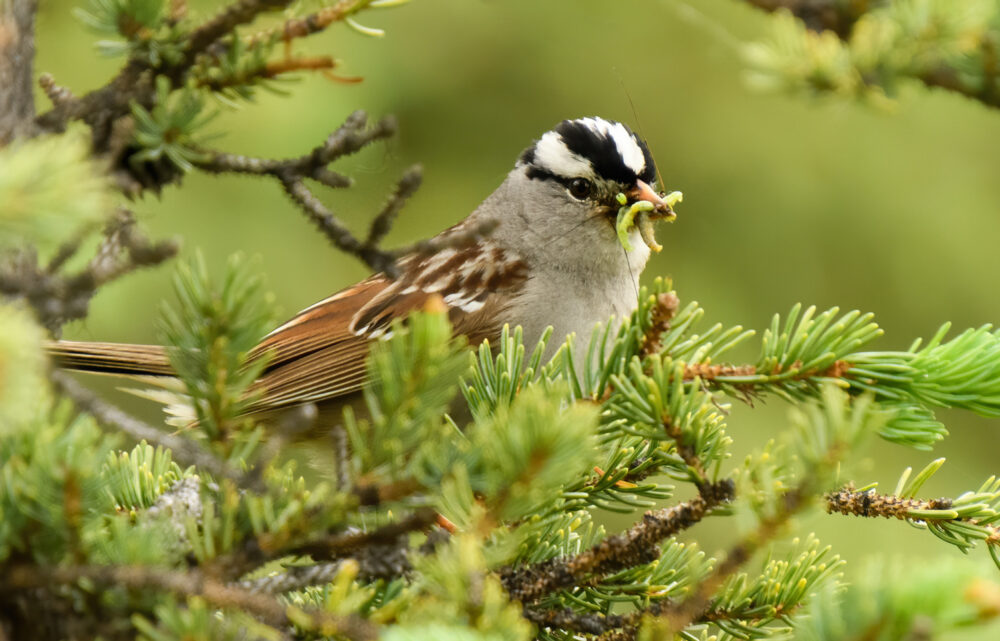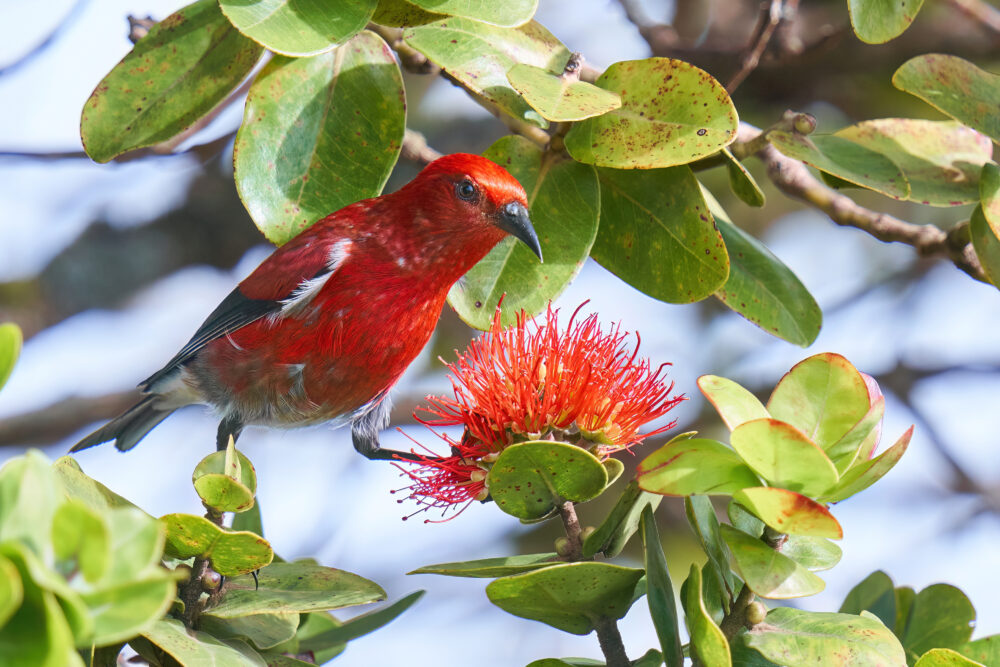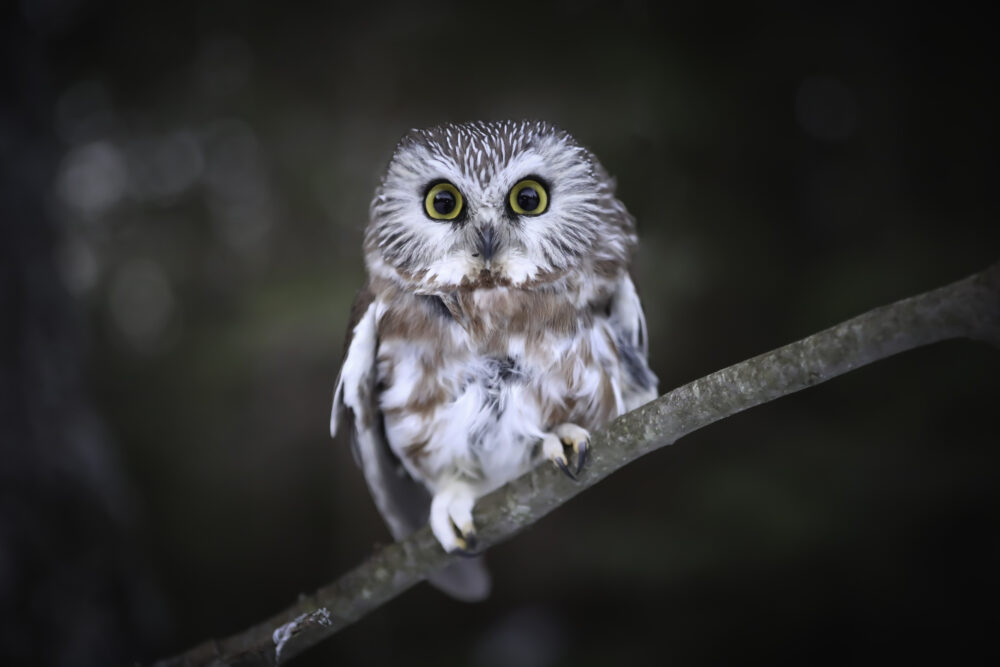We have much more to do and your continued support is needed now more than ever.
Is This a Heron, Egret or Crane?
My friend Tavie posted this photo to my Facebook page with a simple question: is this a heron, egret or a crane?
National Wildlife Federation’s Wildlife Watch program is all about helping people identify the animals they’re seeing, so I thought I’d turn my answer into this blog post to encourage you to get outside and see what creatures you can identify in your neighborhood.
So, let’s figure out what kind of bird this is, shall we?

Egrets are really just a type of heron, while cranes belong to a separate group of birds, so for the purposes of identifying Tavie’s bird I’m going to lump herons and egrets together.
Knowing the location of a wildlife sighting is important in figuring out what species you’ve seen. Tavie took her photo in Florida. Several species of herons and both species of North American cranes (whooping and sandhill) can be found there, however, so that won’t help us identify this bird.
The easiest way to differentiate herons from cranes for identification purposes is to look at their necks. Cranes’ necks are a shorter than those of herons, and they typically hold them straight. This is particularly obvious when the birds are flying. Herons curve their necks into an “S” shape and when they are flying they pull them totally back, while cranes necks’ stick straight out. Cranes also have shorter beaks than herons.
Even though this bird isn’t flying and there’s nothing to compare its neck and beak length to, both are rather long, so you’d be pretty safe in assuming that this is some kind of heron and not a crane.
But identifying which heron you’re looking at can get a little confusing, especially in Florida, because there are several species and color phases that look very similar.
For example, there’s a white phase of the great blue heron that can easily be confused with the great egret, which is also large and white. Cattle and snowy egrets are both medium sized white birds. The little blue heron and the tri-color heron are both a smokey blue-gray color.
Another Facebook friend, Kim (who lives in Florida is a very knowledgeable wildlife watcher), correctly identified the bird in Tavie’s photo as a great egret. Great egrets are a little smaller than the white-phase great blue heron, but the real giveaway is the color of the legs. Great egrets have black legs while white-phase great blue herons have much lighter legs. Herons also have slightly heavier beaks and “shaggier” feathers on their breast.
Here’s a photo of a white-phase great blue heron. Compare the leg color to the bird in Tavie’s photo and you’ll see the difference. Here’s a good composite photo showing the two species side-by-side.
Hopefully you found this little exercise in wildlife identification fun and useful and plan on using your new-found knowledge to get outside and identify the wildlife that lives near you!






















